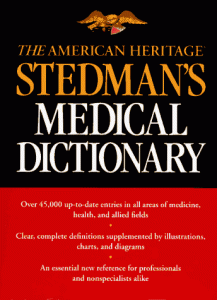In the weeks that I have left before I start school, I want to finish tackling the book list I have put together. It’s not very big, but I think it’s a great start.
Books are important to me. They helped me get through junior high and high school. They supplemented my education in a wonderful way while I was an undergraduate at UCLA. They were my life raft in the dreaded “post grad” phase. They keep me grounded and keep me sane. They make me believe the world is ultimately a better place because of the relationships and bonds formed between people; that in the end, we can all help each other in some way. And by that same token, we can also hurt each other in many ways, and perhaps it’s our job to recognize this and be conscious of the choices we make.
Here is my book list. It is a mix of stories, student guides, and clinical science. I will be happy if I absorb even 30% of book #5. As for #6, I found it lying around at work and thought it needed a home (so far I have managed to memorize the definition of pulmonary embolism).
I have already crossed off #1 and #2, both spectacular books, and I’m halfway through #3. Let me know if you have any recommendations for me!
1. Bedside Manners: One Doctor’s Reflections on the Oddly Intimate Encounters Between Patient and Healer by David Watts, M.D.
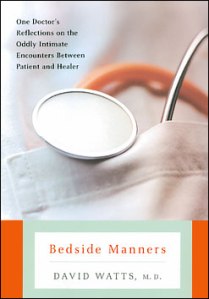
2. Bloodletting & Miraculous Cures by Vincent Lam, M.D.
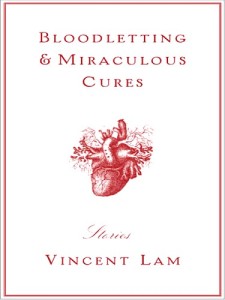
3. Med School Rx by Walter Hartwig, PhD
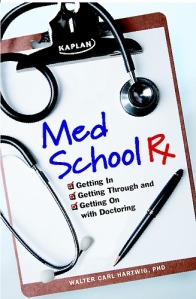
4. Med School Confidential by Robert Miller and Daniel Bissell, M.D.
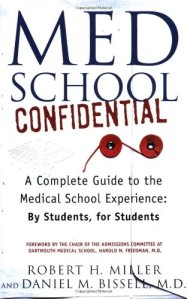
5. Rapid Interpretation of EKGs by Dale Dubin, M.D.
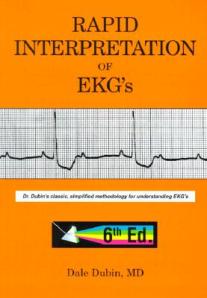
6. Stedman’s Medical Dictionary
